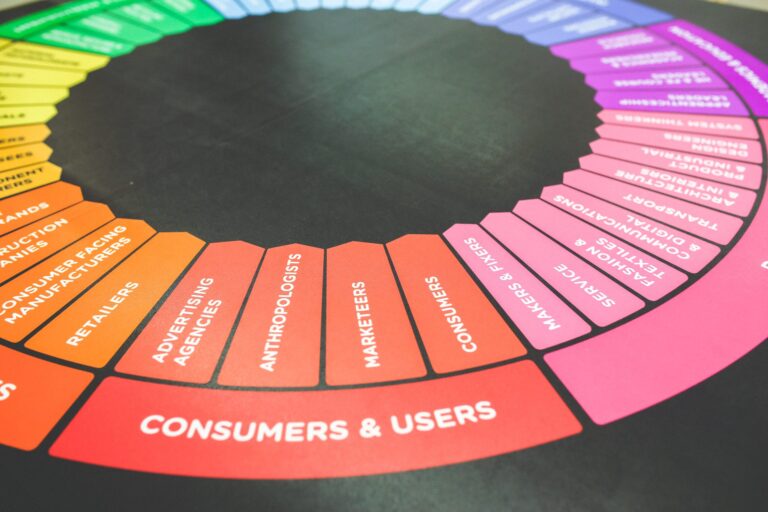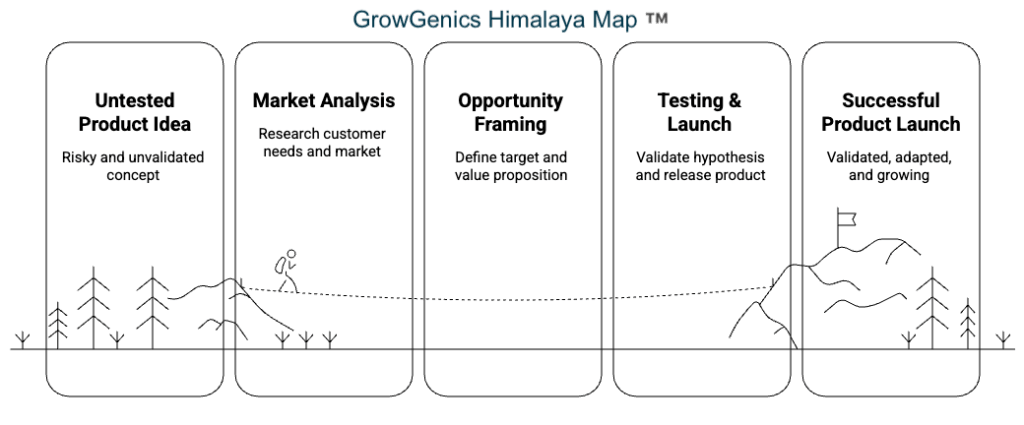
Crafting a Winning Strategy: Leveraging Deep Customer Insight to Outperform Competitors
Posted in :
The most successful companies don’t just compete—they reshape their markets. For startups and SMEs, this means developing strategies that go beyond incremental improvements and into transformative differentiation. Achieving that requires leadership that understands customers better than they understand themselves.
Outthinking the Competition: Why Deep Customer Insight Matters?
Real strategic advantage comes from anticipating needs before they’re expressed. McKinsey reports that companies in the top quartile of customer insight maturity grow revenue twice as fast as competitors and boast 37% higher customer satisfaction scores. That edge stems from predicting and fulfilling latent customer needs, not just reacting to current demand.
Example: Amazon’s evolution from an online bookstore to a commerce and cloud services powerhouse stemmed from relentlessly anticipating and acting on customer trust, convenience, and personalization long before demand peaked.
From Question to Hypothesis: Structuring Strategic Exploration
Begin with a foundational query: “What’s the core challenge our customers face?” Then build multiple strategic hypotheses—often three to five scenarios—with defined assumptions, success metrics, and risk profiles. Harvard Business School research shows that organizations using scenario-based strategy outperform peers in adaptability and revenue growth during market turbulence.

Strategic Planning as a Mountaineering Expedition
Strategy should be mapped like a Himalayan expedition: from base camp (market scan) to summit (execution). Each phase—resource planning, risk mitigation, contingency mapping—is essential. This ensures clarity regardless of whether evolving conditions demand minor course corrections or major pivots.

Realism in Competitive Positioning
Misplaced confidence in competitive position often leads to strategic overreach. Sun Tzu’s principle—”To defeat the enemy, you must know yourself”—is directly relevant in business: true leaders understand both their unique strengths and limitations. Rather than eliminating rivals, strategy can refocus competition into niches where the company is inherently stronger or more efficient.
Cornerstone Questions to Shape Strategic Clarity
Before executing any strategy, ensure alignment across three axes:
Customer Reality – What must be true about customer behavior for this strategy to work?
Competitive Landscape – What must be true about competitors’ reactions or capabilities?
Organizational Capability – What internal strengths or capacities must we build or leverage?
This triad ensures your strategy is not just visionary—but executable.
De-Risking Strategy Through Iteration and Testing
Data from startup accelerators shows that iterative prototyping reduces failure rates by 50%, accelerating time-to-market and optimizing resource allocation. This lean approach allows companies to pilot in controlled environments, gather real feedback, and refine before full-scale rollouts—reducing strategic risk significantly.
Strategy as an Advantageous Game of Odds
A meticulously crafted strategy isn’t a guarantee—but it changes the probability landscape. A smart strategy may transform a mere 5% success rate (1-in-20 chance) into a much stronger 64% likelihood (7-in-11). It’s not betting—it’s strategically shifting odds in your favor using data, insight, and agility.
A winning strategy is both analytical and adaptive. It starts with deep empathy for the customer, frames multiple outcome-based hypotheses, and rigorously tests before committing. It also respects humility—recognizing that uncertainty is inherent, but manageable through smart design.
References
McKinsey & Company: Customer Insights Maturity & Growth
Harvard Business School: Scenario Planning & Organizational Performance
Lean Startup Research: Effectiveness of Iterative Prototyping


